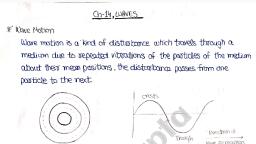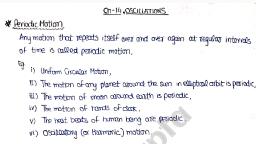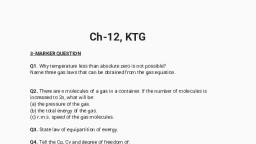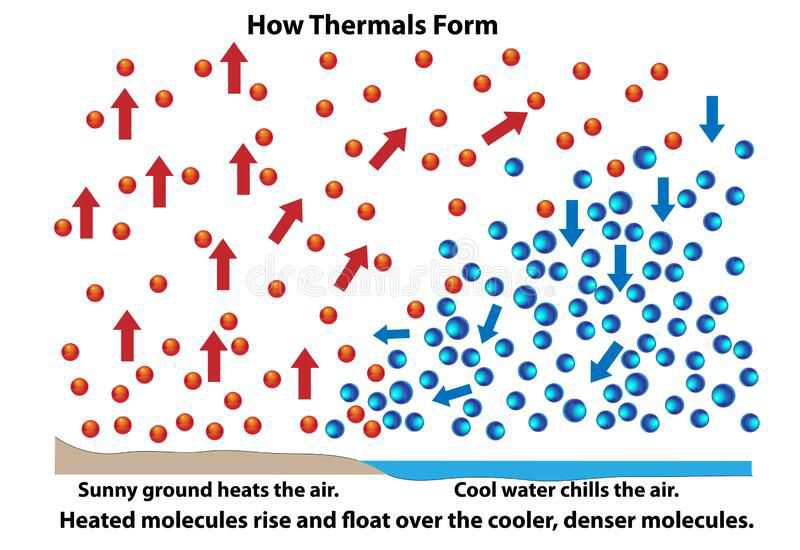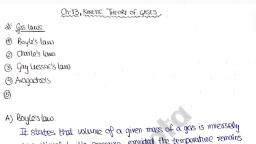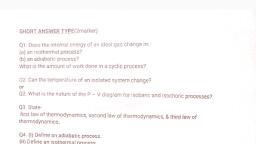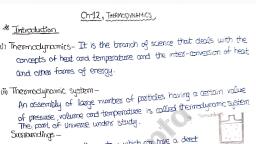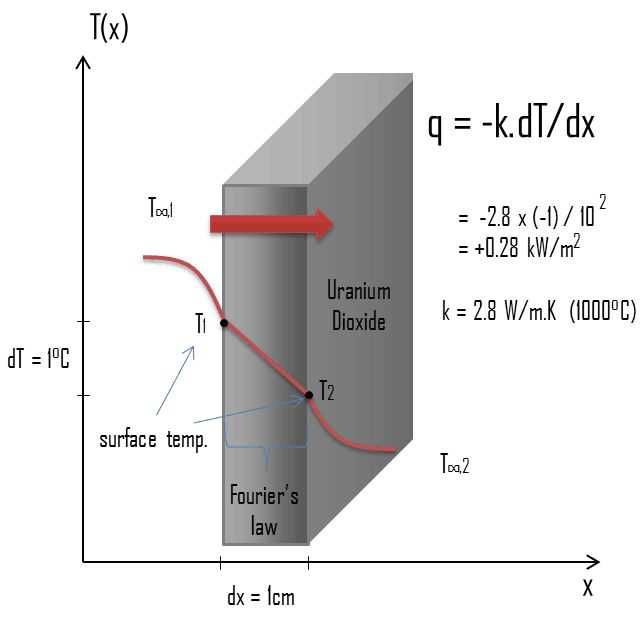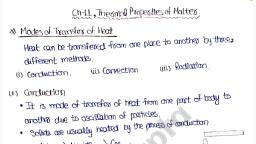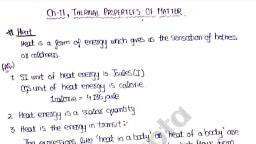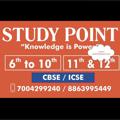Question 1 :
A fly-wheel is rotating about its own axis at an angular velocity $11\ rad/s$. Its angular velocity in revolution per minute ($rpm$) is:<br/>
Question 2 :
A body executing uniform circular motion has find its position vector and acceleration vector:
Question 3 :
Assertion: Angular speed of a planet around the sun increases, when it is closer to the sun.
Reason: Total angular momentum of the system remains constant.
Question 4 :
A particle of mass m is revolving in a horizontal circle of radius r with constant angular speed $\omega $. The areal velocity of the particle is:<br/>
Question 5 :
Which one of following statements related to center of gravity is incorrect?<br>
Question 6 :
For a bowling ball, how far apart are the center of gravity and center of mass?<br>
Question 7 :
The angular velocity of a rickshaw wheel is $70\ rad s^{–1}$. If the radius of the wheel is $0.5$ m, the linear velocity is:<br/>
Question 8 :
Where is the centre of gravity of a uniform ring situated ?<br/>
Question 9 :
One can lean further to one side or the other without creating enough turning force to tip him over. This is because
Question 10 :
A particle of mass m travels with a speed v along positive direction of x-axis parallel to the line y=4. At t=0, the particle is at (0,4),. The angular momentum of the particle about the origin is
Question 11 :
A string of length $1$ m is fixed at one end and carries a mass of $100$ g at the other end. The string makes $2/\pi$ revolutions per second around the vertical axis through the fixed end. If angle of inclination of the string with the vertical is $\cos^{-1} 5/8$, the linear velocity of the mass is nearly:<br/>
Question 12 :
If there is no external force acting on a nonrigid body, which of the following quantities must remain constant?
Question 13 :
Two particles A and B (A near to the centre of the wheel) present on the radius of a wheel (R=10 cm) distant 4 cm apart along the radius are subjected to an uniform angular velocity w=5 radians/sec. Then,
Question 14 :
The momentum of a moving particle is vectorially given as $\overrightarrow{p} = p_0 (cos \,t \,\hat{i} + sin \,t \,\hat{j})$, where $t$ stands for time. choose the correct option:
Question 15 :
The area of the triangle whose adjacent sides are represented by the vector $(4\overline{i}+3\overline{j}+4\overline{k})$ and $5\overline{i}$ in square units is:
Question 16 :
A 10 N force is applied at a distance of 1 m from the hinge of door such that the line of action of force is parallel to the plane of the door. The moment of force produced on the door is :<br/>
Question 17 :
lf $\vec{a}=2\hat{i}+6n\hat{j}+m\hat{k}$ and $\vec{b}=\hat{i}+18\hat{j}+3\hat{k}$ are parallel to each other then the values of $m,n$ are:<br/>
Question 18 :
The three vectors $\vec A =3\hat i -2\hat j +\hat k, \vec B=\hat i-3\hat j +5\hat k$ and $\vec C=2\hat i +\hat j -4\hat k$ form
Question 19 :
A body rotates at 300 rotations per minute.The value in radian of the angle described in 1 sec is:
Question 20 :
The angular velocity of a rotating body is $\vec{\omega}=4\hat{i}+\hat{j}-2\hat{k}$. The linear velocity of the body whose position vector is 2$\hat{i}+3\hat{j}-3\hat{k}$ is:<br/>


